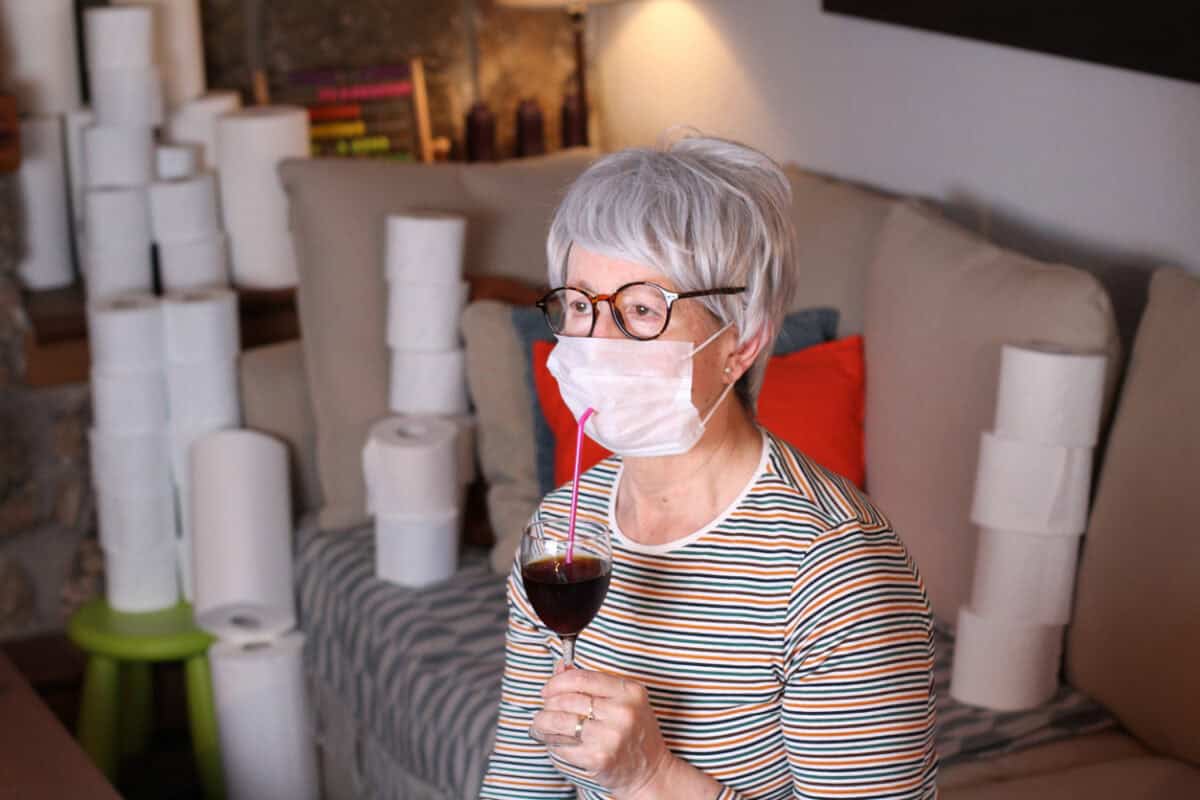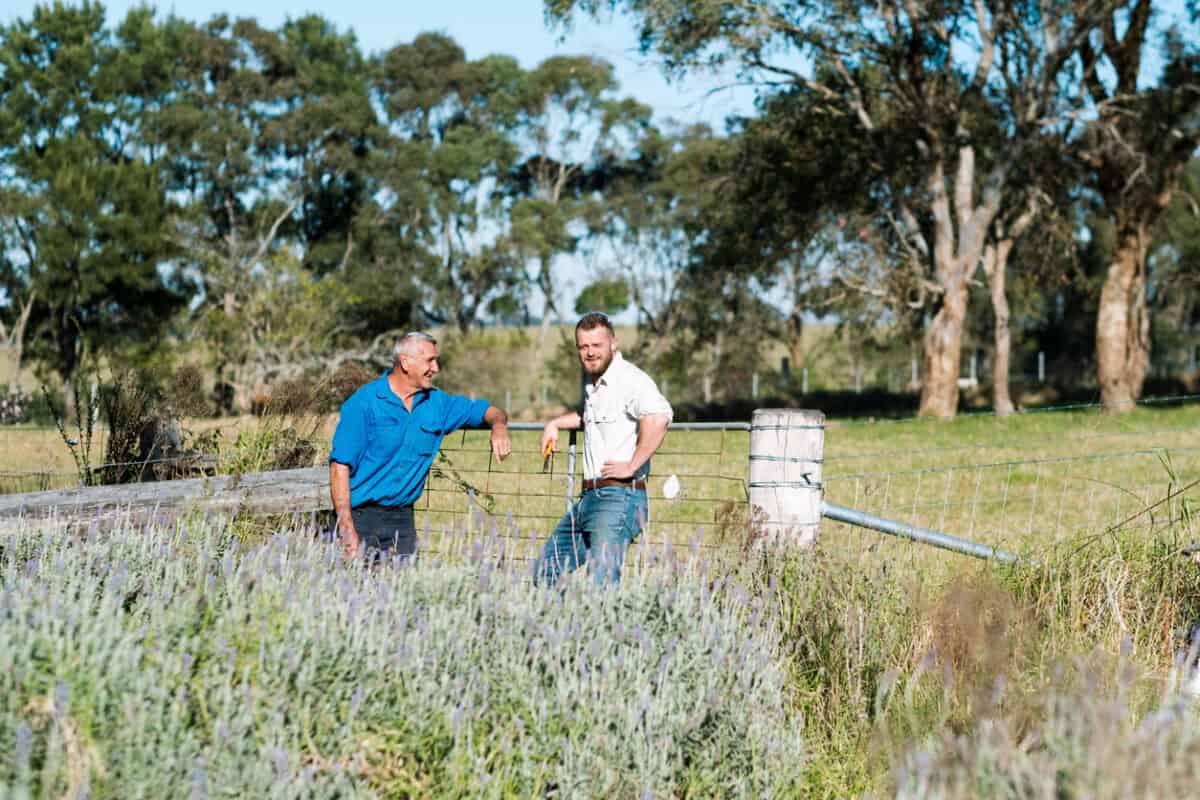No one wants to experience another pandemic, yet our governments seem uninterested in preparing for the next inevitable one. Australia was relatively lucky in its death rates, but the COVID-19 pandemic and the government-imposed lockdowns have changed some citizens mentally and philosophically. Vaccines arrived comparatively quickly, an amazing story in itself, reducing the emphasis on quarantine as an essential (engineering) control.
In 2021, Geoff Manuagh and Nicola Twilley wrote about the history and future of quarantine in a book called “Until Proven Safe“. The book is a useful reminder of our responses to global pandemics and the overlap of occupational and public health.







